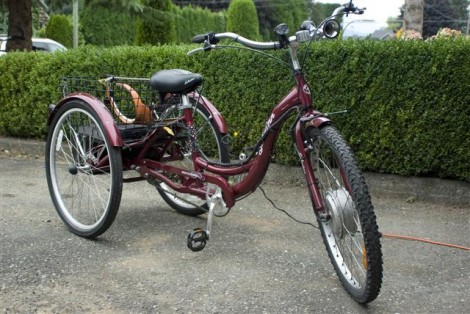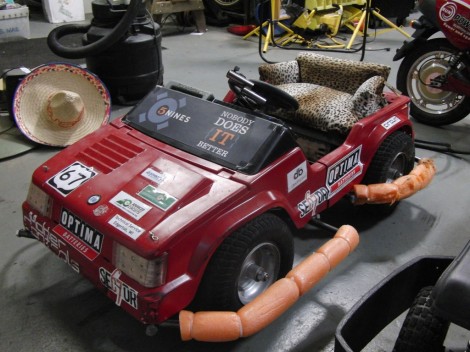We’ve heard quite a number of radio ads lately trying to sell an automatic lawn mowing robot (like a Roomba for your grass). But wouldn’t it be a lot more fun to hack your own from an existing lawnmower? That’s what [Daniel Epperson] did. In fact, the project has been ongoing for years. But he wrote in to share the latest development which adds solar charging capabilities to the robot mower.
First off let’s discuss the fact that this is not an electric lawnmower. This is the Prius of lawnmowers, bringing together hybrid technology to cut the grass with the gasoline powered motor, and to propel the rig with electricity. [Danny’s] worked hard to shoe-horn just about every feature imaginable (other than autonomy) into the thing, and that’s why the batteries can be charged from mains, an alternator powered by the gas motor, and now from the PV panel mounted on top of it. Get the entire project overview in his roundup post.
This a wireless video feed and the mower is driven by remote-controlled. So you can give your yard a trim without getting sweaty. After the jump we’ve embedded a clip of an earlier revision demonstrating that remote control. If you’re not interest in having all the features you could simply build an analog version.
Continue reading “Solar Powered Robot Mows Your Lawn While You Chill Indoors”

















